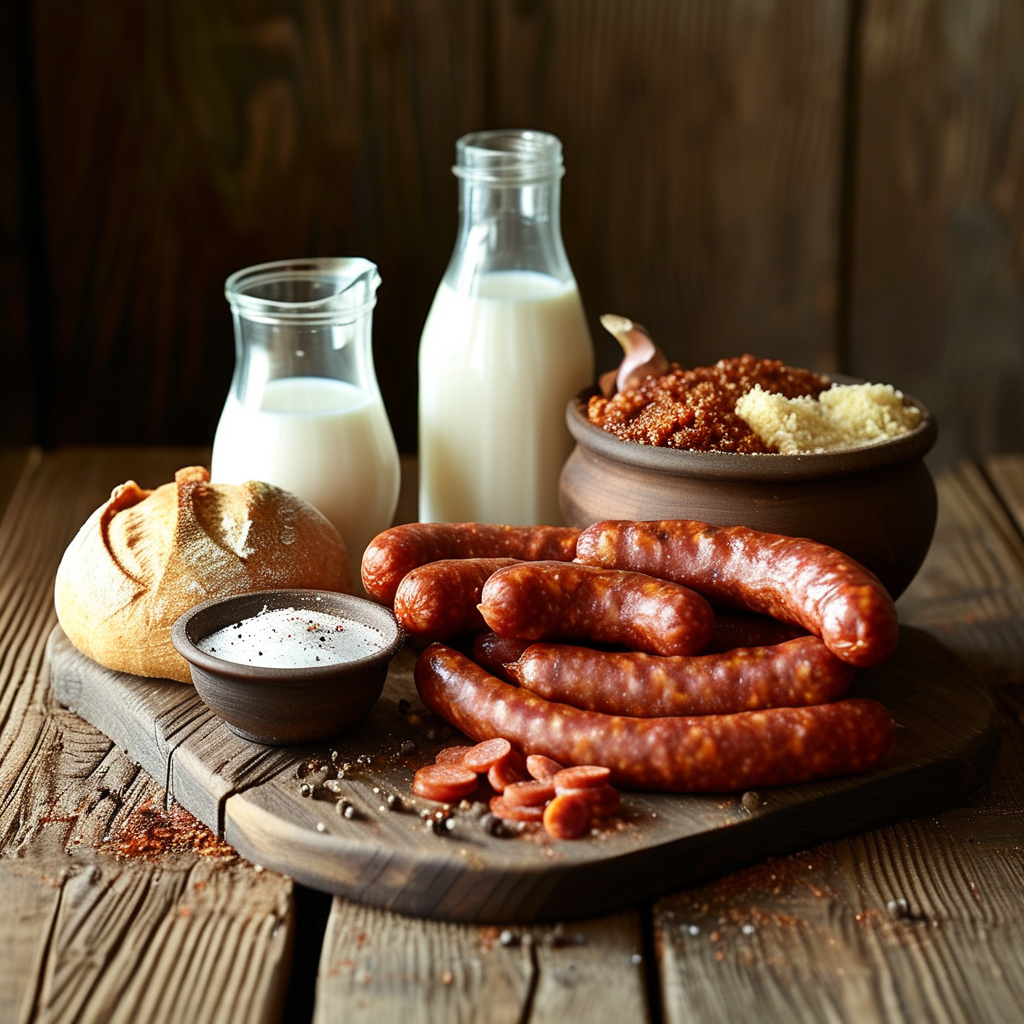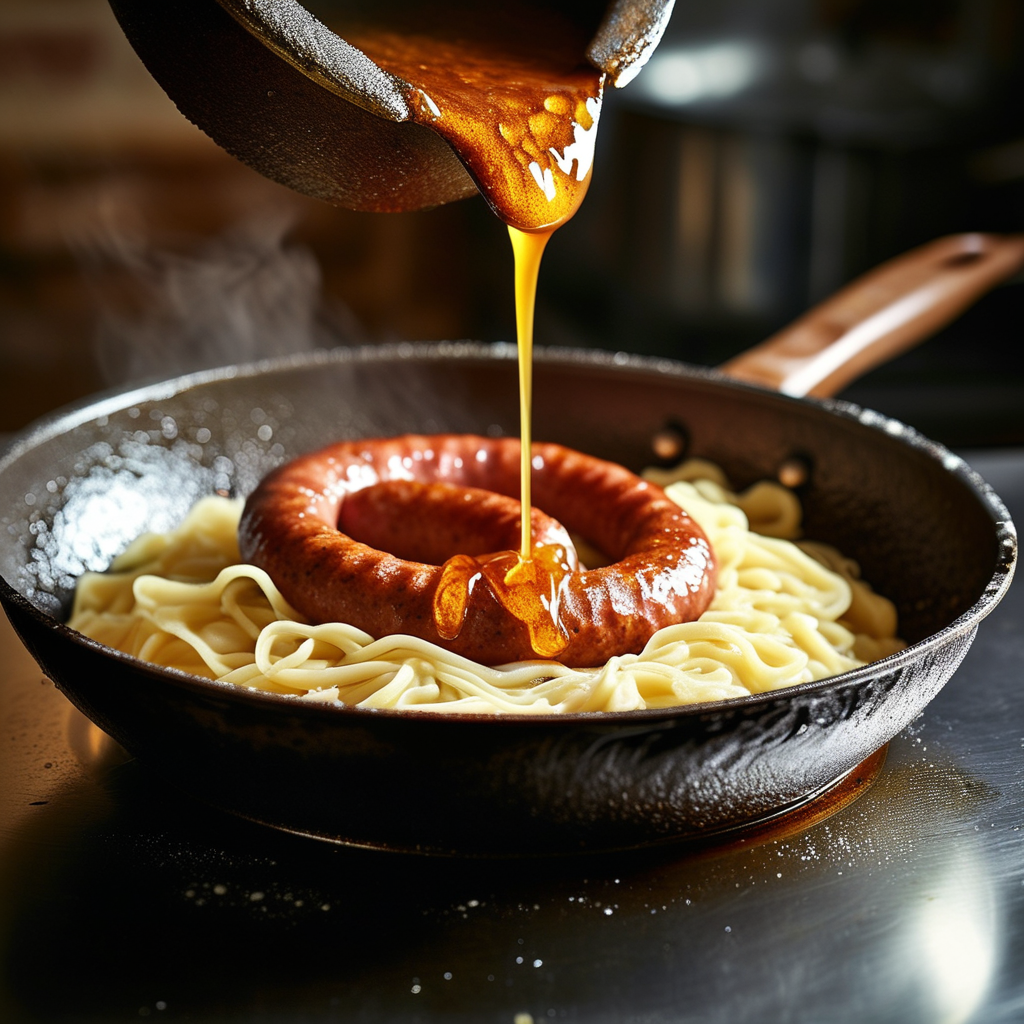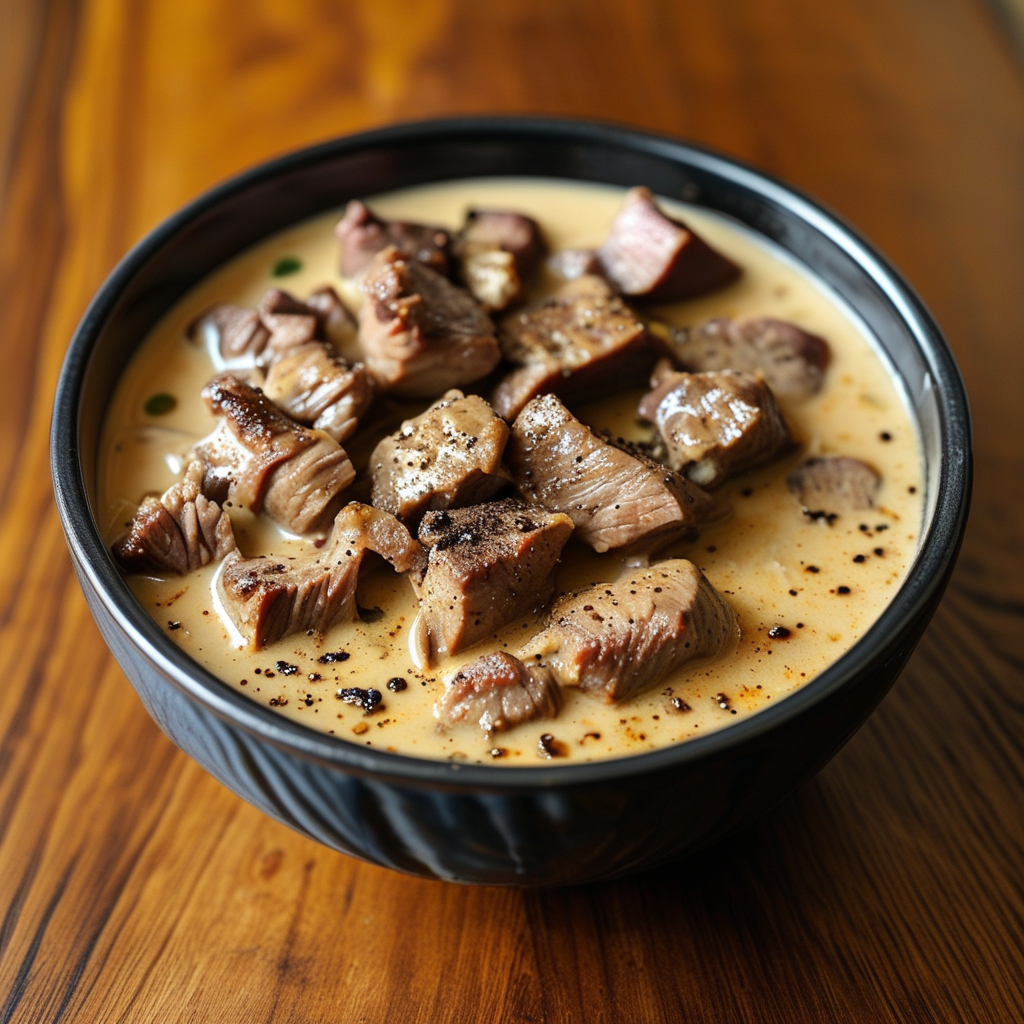Sawmill gravy is a delicious staple in Southern cuisine, cherished for its creamy texture and savory flavor. Often poured over biscuits or served alongside fried chicken, this classic gravy has roots deeply embedded in the history of Southern cooking. Understanding the importance of sawmill gravy can enhance your culinary repertoire and connect you to a rich cultural tradition.
As Southern cooking has evolved, so too has sawmill gravy. Its history showcases its progression from humble beginnings to becoming a staple in Southern households.
To fully grasp the significance of sawmill gravy, let’s explore its definition and key elements.
Understanding Sawmill Gravy
Definition and Key Ingredients
The term ‘sawmill gravy’ refers to a creamy sauce made primarily from drippings of cooked sausage, flour, and milk. It is a variant of white gravy that is also sometimes called cream gravy in various regions. Below are the essential components:
- Ground sausage or other meats
- Baker’s flour
- Milk (or cream)
- Seasonings such as salt and pepper
What sets sawmill gravy apart from other gravies is its savory base flavored with bits of sausage, making it a delightful choice for breakfast, especially when served over flaky Southern biscuits.

The Historical Background of Sawmill Gravy
From Lumberjack Camps to Modern Tables
Sawmill gravy has roots that trace back to American Southern culture, originating in lumberjack camps where hearty meals were essential for a hard day’s work. These camps often improvised with available ingredients, giving rise to this creamy delight. The connection to sawmills underscores its historical significance in rural communities.
Over time, sawmill gravy has adapted to different regional preferences, incorporating local flavors and ingredients, as detailed in this resource on traditional pairings with biscuits.
Key Ingredients of Sawmill Gravy
What Makes It Delicious?
The magic of sawmill gravy lies in its traditional ingredients:
- Sausage: The heart of the gravy’s flavor
- Milk or Cream: Adds creaminess
- Baker’s Flour: The thickening agent
- Seasonings: Enhance the overall taste
Some variations may include vegetarian substitutes, making it appealing to a wider audience. Options like mushrooms or plant-based sausage can create a delicious, meat-free version of the beloved gravy.
Mastering the Art of Sawmill Gravy
A Step-by-Step Guide to Perfection
Creating the perfect sawmill gravy involves several key steps:
- Cook the sausage until browned.
- Make a roux by adding flour to the grease.
- Slowly whisk in milk, adjusting for desired consistency.
- Season to taste and serve hot!



To achieve the best results, keep the following tips in mind:
- Adjust the heat to prevent burning.
- Whisk continuously for a smooth texture.
- Taste and adjust seasonings as necessary.
Serving Suggestions for Sawmill Gravy
Classic Pairings and Innovations
Sawmill gravy shines when served with:
- Flaky biscuits
- Fried chicken
- Mashed potatoes
- Breakfast burritos

Moreover, contemporary recipes have begun to incorporate sawmill gravy into fusion dishes, expanding its culinary versatility.
Sawmill Gravy in Modern Cuisine
Contemporary Trends in Comfort Food
This comfort food staple has evolved with time. Today, innovative chefs are using sawmill gravy in unexpected ways, such as:
- Swirling it into casseroles
- Using it as a topping for gourmet fries
- Creating new breakfast bowls mixed with grains and vegetables
Health Considerations for Sawmill Gravy Lovers
Nutritional Insights and Alternatives
While sawmill gravy is undeniably rich, it’s essential to be mindful of its nutritional content. Here are some considerations:
- Standard recipes may contain high calories and fat.
- Healthier alternatives include using whole grains and low-fat dairy.
- Maintaining portion control is key for a balanced diet.
FAQs about Sawmill Gravy
Your Questions Answered
People often have several questions regarding sawmill gravy. Here are some FAQs:
- What is the main difference between sawmill gravy and white gravy? Sawmill gravy typically contains meat drippings, while white gravy is made with a roux and milk only.
- Can sawmill gravy be made vegetarian or vegan? Yes, substitutes like vegetable broth and plant-based sausage can be used.
- How should I store leftover sawmill gravy? Store in an airtight container and refrigerate for up to three days.
Key Takeaways
- Sawmill gravy is a staple of Southern cooking.
- It has rich historical roots connected to American culture.
- Mastering this gravy can elevate your breakfast and comfort food dishes.
Conclusion
Sawmill gravy is not just a dish; it’s a piece of culinary heritage. Its rich flavors and comforting presence on the table make it a must-try for anyone interested in Southern cuisine. We encourage you to embark on the journey of making this delightful gravy at home—and enjoy the flavors that have been cherished for generations.
Ready to dive into the world of homemade sawmill gravy? Start experimenting with your own sawmill gravy recipe today!
Further Exploration
If you’re interested in understanding more about different types of gravies, check out our comparison in Brown Gravy vs. Sawmill Gravy, or learn how to make a vegetarian version at Vegan Sawmill Gravy.